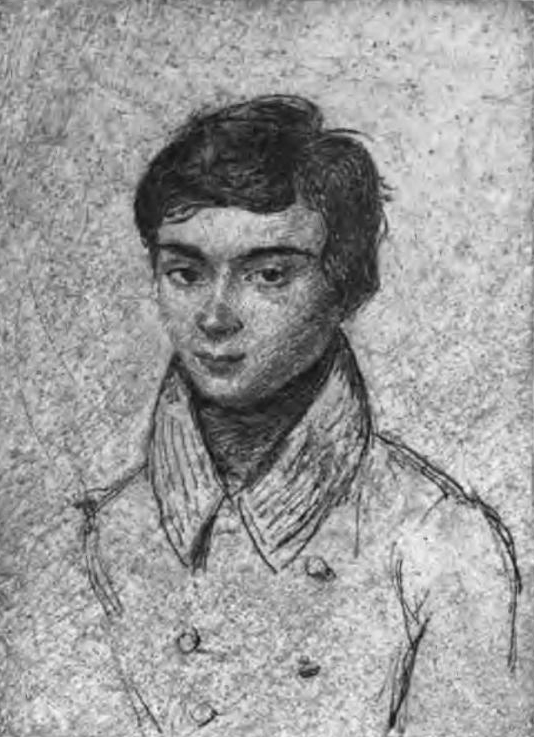Feynman Diagrams, Rules and Regulations
Feynman diagrams Feynman diagrams are a graphical representation used in theoretical physics, particularly in the field of quantum field theory, to visualize and calculate particle interactions. They were developed by the Nobel Prize-winning physicist Richard Feynman in the 1940s and have since become a fundamental tool for understanding and making predictions about subatomic particle interactions. Here are some key aspects of Feynman diagrams: Fundamental Particles and Lines: In a Feynman diagram, particles are represented by lines. Fundamental particles like electrons, quarks, photons, and more are typically shown as straight lines. The direction of the line represents the direction of particle motion through time. Vertices: Points in the diagram where lines meet are called vertices. These represent interactions between particles. At vertexes, the lines can split into new lines (particles being created) or merge into a single line (particles interacting and possibly annihilating). Ar...




